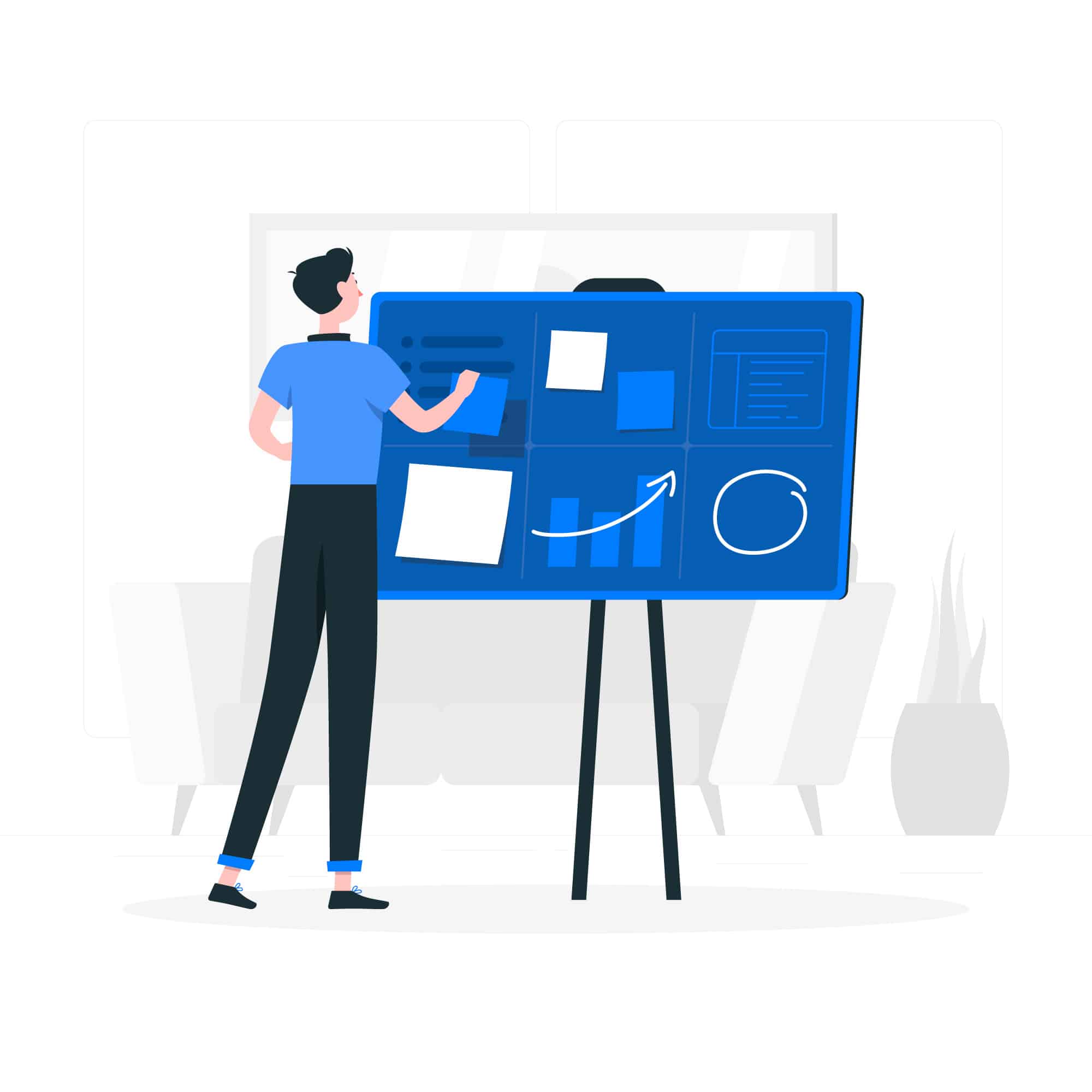
Our teams support you in carrying out your projects by implementing DevSecOps and Agile practices/span> and increasing the skills of your teams.
We help you understand and adopt new ways of working, create an agile culture, adapt and apply DevOps practices and processes.
At the heart of our work is the desire to help you develop the skills and practices that will allow your teams to deliver high quality products and faster, without neglecting the security aspect of your data, applications and infrastructures.
We support you in these changes, but also by providing you with tools and resources that can be reused on future projects..

A POC is typically conducted in a controlled, time- and budget-constrained test environment. It aims to demonstrate that the proposed Cloud solution meets the needs of the organization and that it is technically and economically viable.
The POC can include setting up prototypes, running performance tests, scaling, and evaluating integration with the organization’s existing systems. It may also include the participation of key members of the organization to assess the impact of the solution on business processes and operations.
The outcome of the POC is typically used to determine whether the proposed on-premise or cloud solution is retained for larger-scale implementation or abandoned in favor of another solution.
